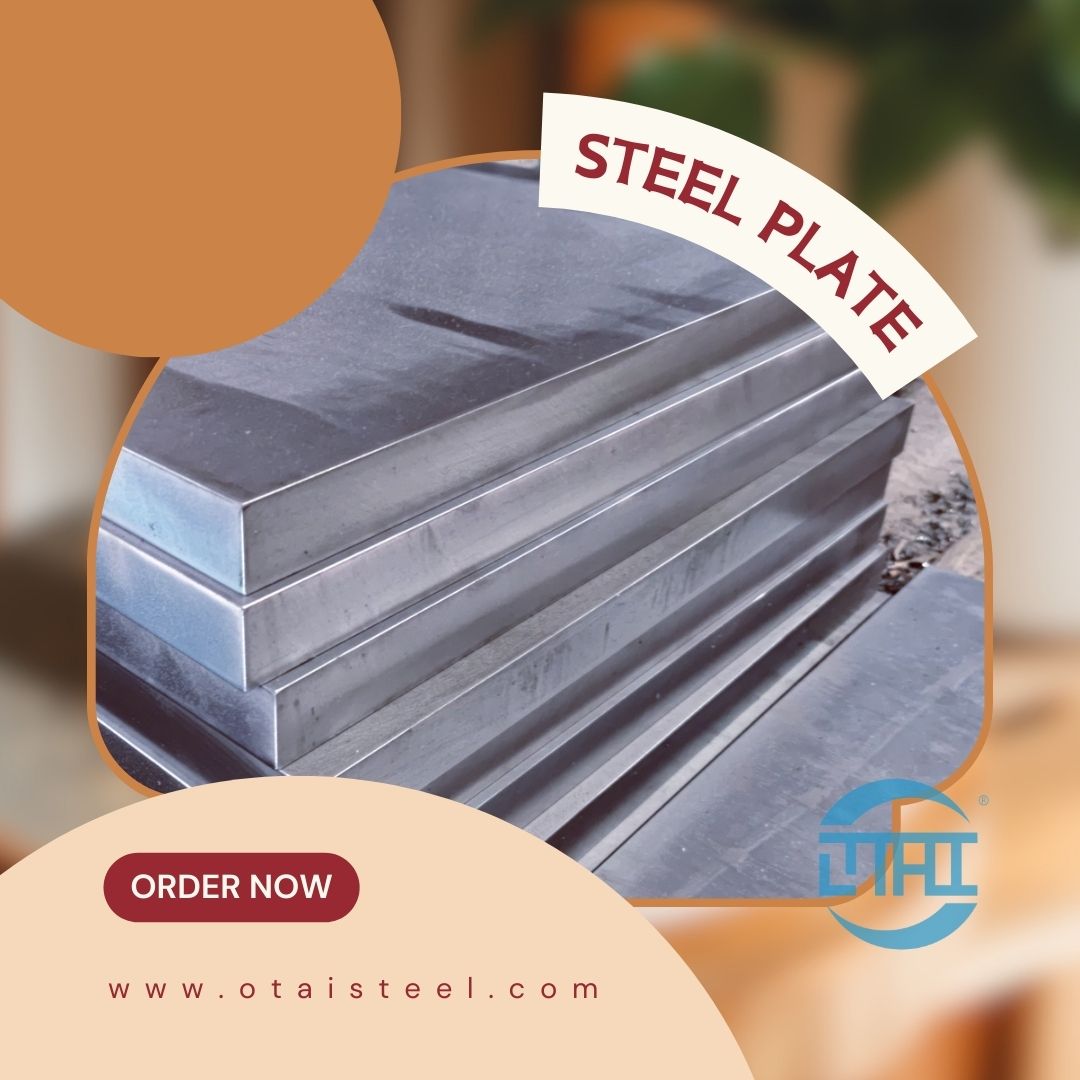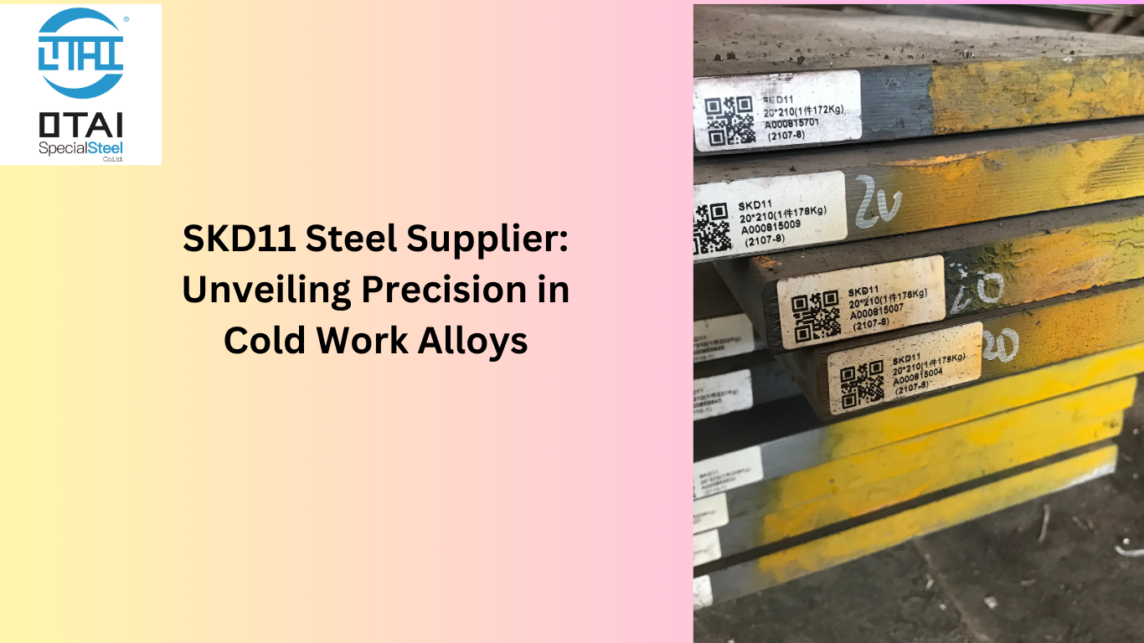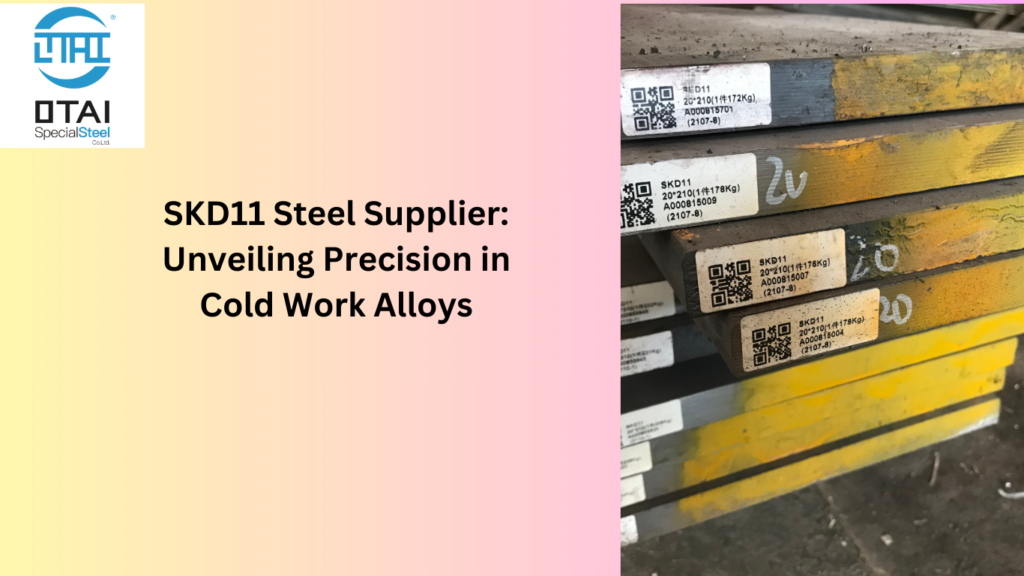Ensure Durability with OTAI’s 18CrNiMo7-6 Steel Solutions
Looking for a steel alloy that offers exceptional performance in demanding environments? Your search ends with 18CrNiMo7-6 steel, available exclusively from OTAI. With our commitment to quality, reliability, and customer satisfaction, we’re your trusted partner for all your steel requirements.
The Advantages of 18CrNiMo7-6 Steel:
18CrNiMo7-6 steel boasts outstanding hardenability and toughness, making it suitable for a wide range of applications. Its chromium, nickel, and molybdenum content impart superior strength, wear resistance, and fatigue properties, making it ideal for critical components in industries such as aerospace, oil and gas, and manufacturing.
Why OTAI Is Your Preferred Supplier:
At OTAI, we understand the importance of convenience and peace of mind when sourcing steel products. That’s why we maintain a comprehensive inventory of 18CrNiMo7-6 steel, ensuring that all sizes are readily available for prompt delivery. Whether you need standard dimensions or customized specifications, we have the expertise and resources to meet your needs efficiently.
Furthermore, our packaging services add value to your purchase by safeguarding your steel during transit. From secure cable tie packaging to robust wooden boxes, we go the extra mile to protect your investment and ensure its integrity upon arrival. Our rust-proof packaging further enhances the longevity of your steel, ensuring lasting performance in any environment.
Real Customer Cases:
Consider the following examples of how OTAI’s 18CrNiMo7-6 steel has made a difference for our customers:
Case 1: Aerospace Applications A leading aerospace manufacturer required reliable steel for their aircraft components. They turned to OTAI for our reputation for quality and consistency. Our 18CrNiMo7-6 steel exceeded their expectations, contributing to the safety and performance of their aircraft fleet.
Case 2: Oil and Gas Industry An oil and gas exploration company needed durable steel for their drilling equipment. By partnering with OTAI, they gained access to premium-grade 18CrNiMo7-6 steel that withstood the rigors of harsh operating environments. Our timely delivery and attentive customer service ensured a seamless experience for them.
18CrNiMo7-6 Steel Solutions from OTAI is the ultimate choice for applications that demand uncompromising performance and reliability. With our extensive inventory, packaging solutions, and track record of customer satisfaction, you can trust us to meet your steel needs effectively. Get in touch with us today to discover the difference OTAI can make for your business!


